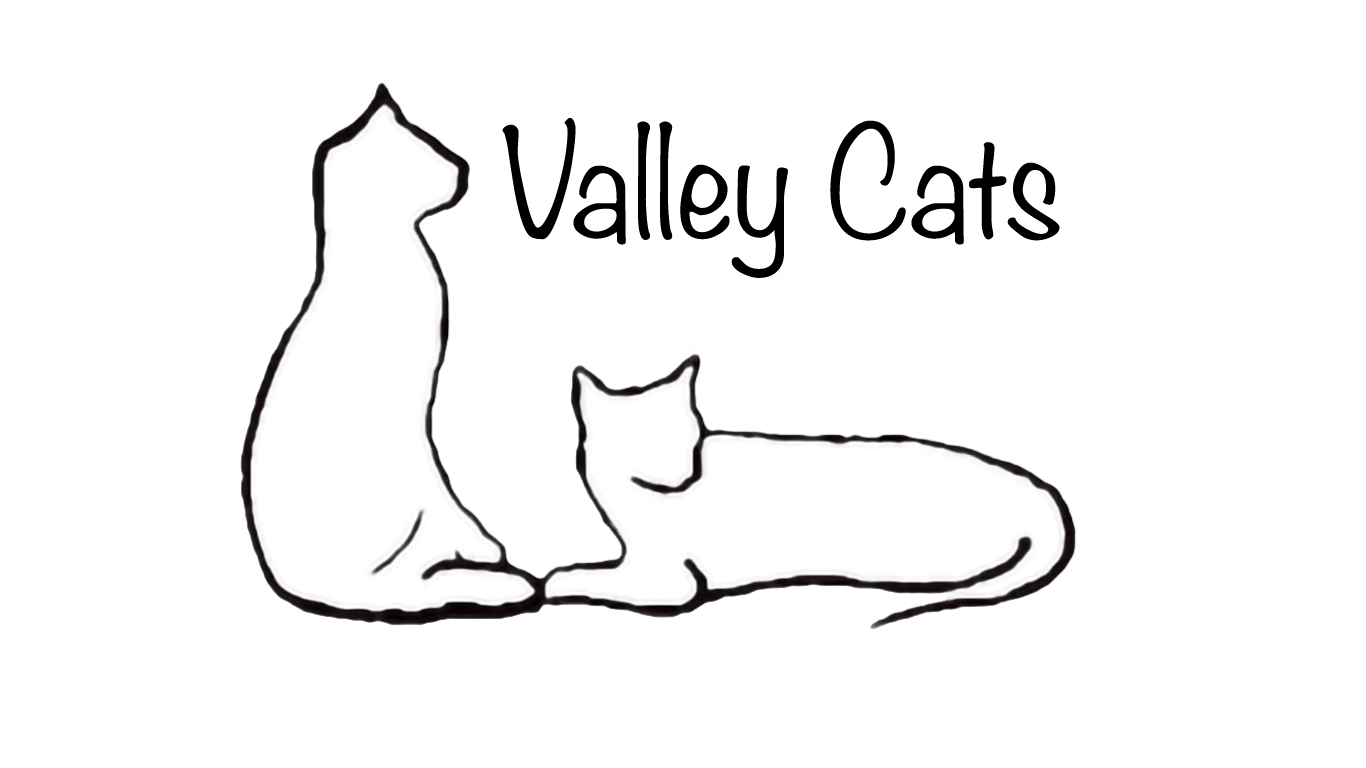Feeding Kittens
Be prepared for sleepless nights!
FEEDING
Cow’s milk is not nutritious enough for kittens! They will slowly starve to death on it. If you cannot get to a pet store right away, there are some emergency kitten formula recipes at the end of this section. Two kitten formula brands (KMR and Just Born) are available at pet stores.
Purchase a pet nursing kit and kitten formula, available at pet stores. The kit should include a bottle, extra nipples, and a cleaning brush. Cut an “X” in the tip of the nipple with scissors. You’ll know the nipple opening is big enough by holding the bottle upside-down. The formula will drip slowly from it. Too small an opening will make kittens work too hard to get their formula, tiring them out before they’ve had enough to eat. Too large an opening will force too much formula into them too fast. They can accidentally inhale it into their lungs. If they accidentally inhale the formula, hold them upside down until they stop choking.
Sterilize bottles, nipples and hands before each feeding. Keep a special shirt or apron in the kittens’ room and wear it while feeding (some viruses can live on clothing). Sterilize your hands with antibacterial sanitizer or water with a touch of bleach added. Sterilize before and after each feeding session so that the kittens and your own pets will be protected against one another’s germs. You can also purchase a box of latex surgical gloves and use a new pair for each feeding.
Do not hold kittens the same as human babies when feeding. Positioning for feeding is very important because this is when bonding occurs.
Kittens are most comfortable in a position similar to the way they would be if they were nursing from a momcat. They should be on their stomach with the head and chest tilted slightly upward. While nursing, they will want to “knead” instinctively, which would cause the momcat to keep producing milk. Many people find it comfortable to sit on a chair with a clean towel on their lap. They position the kitten as described, propping the chest up with their free hand to get the correct upward angle for nursing. Use a fresh towel each day to avoid germs.
To begin feeding, gently pry the mouth open with the tip of your finger and slip the nipple in. Sometimes just using the nipple to open the mouth will work. You will feel a real “vacuum effect” when the kitten gets into the suckle mode. To keep air from getting into the kitten’s stomach, hold the bottle at a 45 degree angle, keeping a light pull on the bottle. The kitten should be allowed to suck at its own pace.
If the kitten refuses to take the nipple or won’t suckle, try rubbing its forehead vigorously or stroking its back. This is the way the momcat cleans the baby and can stimulate the kitten to nurse. You might hear a “clicking” sound which means the kitten’s nursing instinct is in gear and it should be ready for the nipple. Sometimes a kitten is just picky and doesn’t like the nipple you are offering. Your bottle kit should come with different size nipples, one longer than the other. See if the kitten likes the other nipple better.
Kittens too weak to nurse can often be stimulated by rubbing some Karo syrup on the lips. If the kitten still refuses to nurse despite everything you have tried, the kitten may be ill and you must take it to a vet immediately.
A kitten should consume about 8cc’s of formula per ounce of body weight per day. Nursing bottles are marked with measurements to help keep track. Weigh the kittens at least every other day to calculate the amount of formula they need. A small postal scale should be sufficient. Kittens under one week: feed every 2-3 hours. At 2 weeks old: feed every 4-6 hours. At 3 weeks until they are weaned: feed every 6-8 hours. Divide their needed daily intake by the number of required daily feedings and you’ll know how much they should eat each time. Weak or recovering kittens may need to eat more frequently. The younger the kittens are, the more they want to “latch” on to a momcat’s nipple all the time, nursing small amounts periodically. If you notice that your kittens are not eating enough in one feeding, increase the frequency of feedings.
If you are feeding multiple kittens, it might be easier to feed the required amount if you feed them each several times, taking turns. Feed the first kitten until it stops nursing, and then feed the second, etc. Then go back to the first and repeat the rotation. Usually after 2-3 nursing turns, a kitten has had enough for one feeding.
When the kitten has had enough formula, it will usually get some bubbles around its mouth and its tummy will be very rounded. After feeding, burp the kitten just like a human baby. Hold it upright against your shoulder and pat it on the back.
Do not overfeed kittens. This can cause diarrhea and a host of other problems. Kittens under four weeks should go to sleep after they are fed and full. Older kittens will want some play and cuddle time.
It is natural for kittens to suckle on each other or on your fingers even after they have finished eating. This is harmless unless you notice that this kind of activity is causing irritation to other kittens’ fur or skin.
